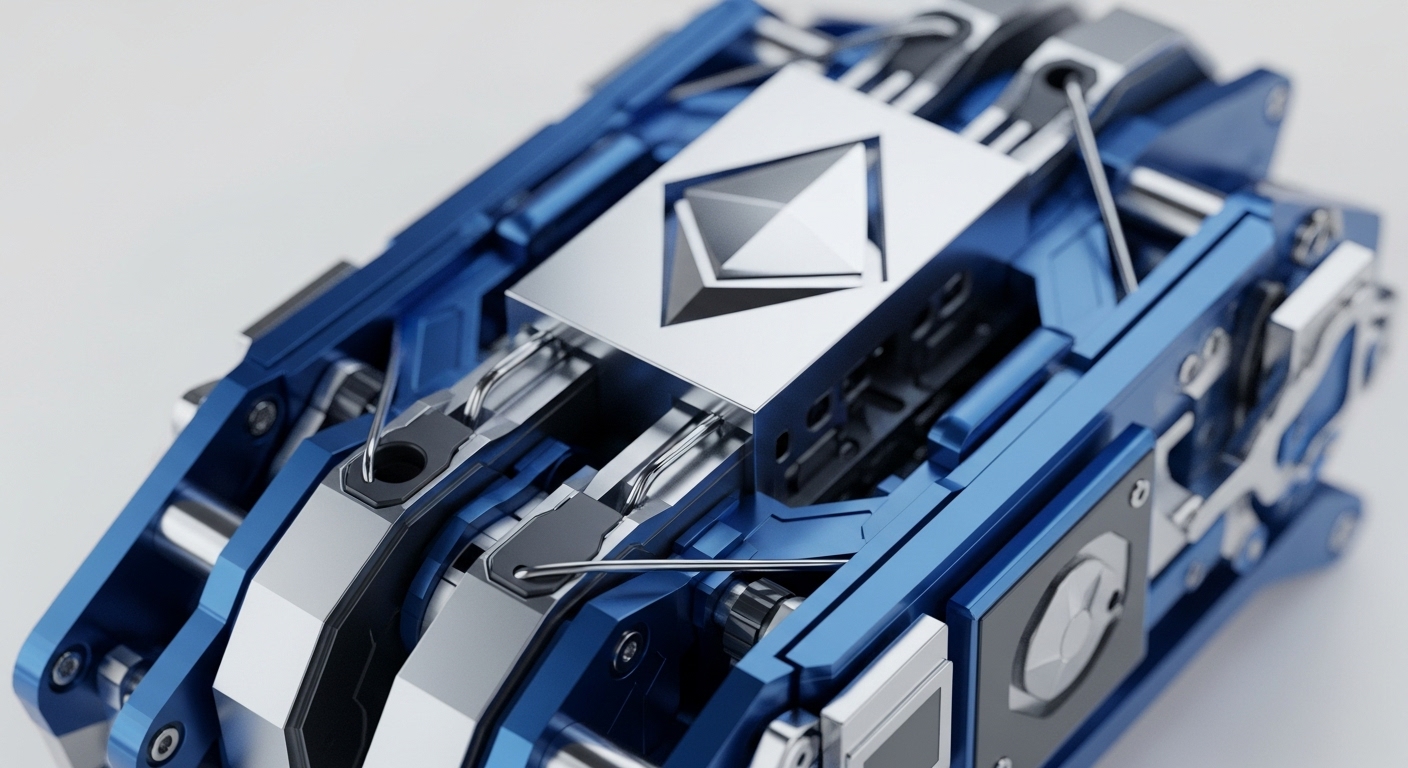
Briefing
Supra has activated its AutoFi system on the public testnet, marking the first deployment of system-level automation within a vertically integrated Web3 stack. This advancement fundamentally alters the DeFi execution landscape by abstracting away the need for external keeper networks, thereby reducing latency and mitigating exposure to Maximal Extractable Value (MEV) attacks for complex, time-sensitive strategies. The primary consequence is the emergence of a new category of automated financial primitives, such as the Auto Vault and Auto Hedge, which can execute conditional logic directly at the protocol level. The platform is engineered to support dApp execution checks up to three times per second, establishing a new performance baseline for on-chain financial reactivity.

Context
The prevailing dApp landscape was characterized by a critical execution gap for sophisticated financial operations. Protocols were forced to rely on fragmented, external keeper infrastructure or centralized off-chain bots to trigger time-sensitive actions like liquidations, rebalancing, or limit orders. This reliance introduced significant product friction, increasing operational costs and creating a vector for front-running and slippage due to the inherent latency between a price oracle update and the external execution of the subsequent smart contract function. The absence of a native, low-latency automation layer limited the design space for capital-efficient, high-frequency DeFi primitives.

Analysis
AutoFi alters the core system of decentralized risk management and liquidity provisioning at the application layer. By integrating the automation engine directly into the L1 and oracle stack, the protocol establishes a unified execution environment. The chain of cause and effect begins with the oracle → data is ingested and immediately triggers conditional logic within the same atomic layer, bypassing the multi-step, multi-party process required by external solutions. For the end-user, this results in superior capital efficiency, as the Auto Hedge primitive, for example, can proactively manage risk with guaranteed execution speed, significantly reducing the probability of cascading liquidations.
Competing protocols relying on external keeper models will face pressure to either adopt similar integrated architectures or utilize AutoFi as an execution API, driving traction for Supra as a foundational, systemic utility layer. This native integration creates a defensible network effect rooted in performance and security.

Parameters
- dApp Execution Check Rate → Three times per second (300ms). The maximum frequency at which the system can check and execute conditional logic for dApps, setting a new standard for on-chain reactivity.

Outlook
The next phase for this innovation is the deployment of more complex, AI-driven financial agents that leverage the system’s low-latency architecture to manage entire algorithmic treasuries. The integrated nature of the L1, oracle, and automation layer creates a high barrier to entry, making a direct fork of the full stack technically challenging for competitors. This primitive is positioned to become a foundational building block, allowing new DeFi protocols to launch with native risk management and sophisticated yield strategies from day one.
This innovation allows protocols to focus on developing superior financial strategies. The need to build or manage external execution infrastructure is now obsolescent.

Verdict
The activation of system-level automation is a critical inflection point, transforming decentralized finance from a collection of static contracts into a real-time, event-driven financial operating system.
